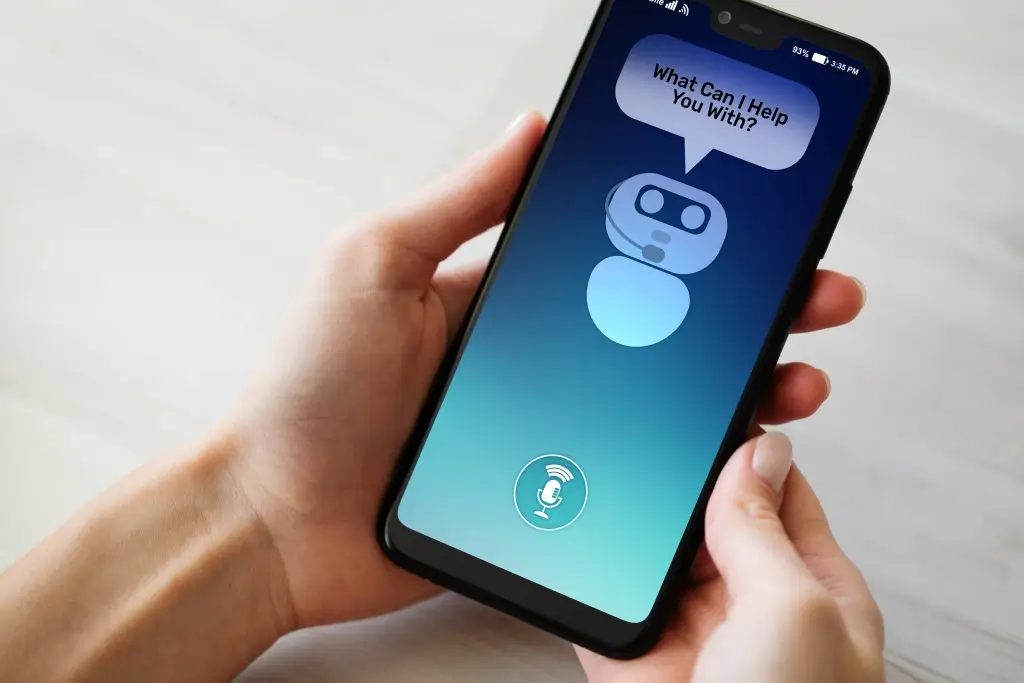A Beginner’s Guide to Data Science, AI, and ML
Deep learning ultimately uses the brain as inspiration to form an artificial neural network that will be capable of displaying human like intelligence. ML technology is evolving so rapidly that every generation is entirely different from what is the difference between ai and machine learning? the last. The first types of ML were just programmed to perform certain tasks in case of a specific event. Today, however, Machine Learning systems are pretty much autonomous and make new decisions based on what they have learned.
Should I learn AI in 2023?
Future-proof your skill set:
Also, acquiring AI knowledge and skills helps you future-proof your career. AI is expected to create new job roles and transform existing ones. Learning AI equips you with the ability to adapt to technological changes and ensures your relevance in a rapidly evolving job market.
Academics often tend to equate the two types of data as effectively delivering similar information and assume that people respond to them in the same way, but this may not be true in the real world. A Bank of England survey found that financial services firms expect significant growth in the use of machine learning over the next three years. Algorithms provide the methods for supervised, unsupervised, and reinforcement learning. In other words, they dictate how exactly models learn from data, make predictions or classifications, or discover patterns within each learning approach. Today, when you work with or heard about an AI powered solution, it’s most likely in relation to some form of automation or machine learning capabilities.
Deep learning vs. machine learning
Deep learning works by breaking down information into interconnected relationships—essentially making deductions based on a series of observations. By managing the data and the patterns deduced by machine learning, deep learning creates a number of references to be used for decision making. As is the case with standard machine learning, the larger the data set for learning, the more refined the deep learning results are.
- Postgraduate courses include MSc programs in AI, data science, and machine learning, as well as a variety of PhD and research programs.
- Data science creates a system that interrelates these and helps the business to move forward.
- And even when the system is applied to US adults, we might discover unexpected segments of the population whose speech it handles poorly, for example, people speaking with a stutter.
- Once the expected outcomes have been achieved to an acceptable level, decisions can be made based on the algorithms output.
- It should give you enough flexibility to develop AI systems which conform to data protection law in your own way, taking a proportionate and risk-based approach.
- As we said, let the machines do the mundane, and allow your team to be creative and provide the delicate touch only a human can produce.
Stuffstr uses AI algorithms for the pricing of both the products they buy from consumers and the products they sell in secondary markets. The backend of their service uses machine learning to ensure a consistent classification of all re-sale items. Finally, AI helps refine Stuffstr’s sales strategy through constant experimentation and rapid feedback loops. Accelerated Metallurgy uses AI algorithms to systematically analyse huge amounts of data on existing materials and their properties to design and test new alloy formulations.
Artificial vs augmented intelligence: What’s the difference?
A job-matching system, for example, might learn to favour male candidates for CEO interviews, or assume female pronouns when translating words like ‘nurse’ or ‘babysitter’ into Spanish, because that matches historical data. Microsoft’s Azure OpenAI Service was chosen for this project because it provides access to OpenAI’s pre-trained large language models, including GPT-3 and Codex, via its REST API. This API can then be leveraged to create generative language processing tools. Azure OpenAI Service is also compatible with open-source framework LangChain to allow users more granular control over the training of these large language models. Running tools like these periodically gives organisations insights into how they can improve data collection and overall business processes, in turn, leading to a better model. The objective, here, is to seek out opportunities for getting more accurate results from your machine learning solution, so that it can respond to the latest market and customer data.

If you are not yet familiar with the concept, now it’s a good time to learn more. The guidance assumes familiarity with key data protection terms and concepts. We also discuss in more detail data protection-related terms and concepts where it helps to explain the risks that AI creates and exacerbates. Although data protection does not dictate how AI developers should do their jobs, if you use AI to process personal data, you need to comply with the principles of data protection by design and by default.
Machine Learning Vs AI
You can learn more about the distinctions between AI, machine learning, and data science as they pertain to employment, competencies, education, and other factors by reading this article. DataScienceVerse is designed to help out analysts by producing the best blogs for data science with effectively tackles other AI-related problems. DataScienceVerse is a place to meet and trade thoughts about insights of data science articles to read with step by step solutions. You might have heard of Semi-Supervised Learning, This learning falls between unsupervised and supervised learning. Semi-supervised learning is a machine learning process which combines a small labeled data with large unlabeled data during training.
Are you working with financial data, user activity, volumes of text, images or something else? For example, your organisation may want to analyse online customer behaviour to inform marketing strategies. The data involved would consist of structured data such as user demographics, browsing preferences and purchase records. In this scenario a model could be used to capture preferences in future behaviour.
Machine learning algorithms have proven impressive in their capacity to learn from data and make predictions by identifying patterns. What makes systems powered by machine learning so powerful is their ability to learn without being as dependent on human intervention. AI is the overarching field that deals with creating intelligent systems, while Machine Learning is a subset of AI that focuses on enabling computers to learn from data and make decisions or predictions. Machine Learning has become increasingly popular and important in recent years due to its ability to efficiently process and learn from large amounts of data, which has led to significant advances in AI. In the fast paced world of today, understanding what both these technologies are and how they differ can help professionals and organizations build a competitive edge. Machine learning is a subfield of AI, which enables a computer system to learn from data.
It begins with lots of examples, figures out patterns that explain the examples, then uses those patterns to make predictions about new examples, enabling AI to ‘learn’ from data over time. In fact, the first academic project investigating AI was in 1956 when a small group of mathematicians and scientists gathered for a summer research project on the campus of Dartmouth https://www.metadialog.com/ College. The reason it feels like a new field is because what we call ‘AI’ keeps changing. Clever things like automatic number plate recognition for cars (developed by UK police in the late 1970s) are now taken for granted. What we’re seeing today is simply the next step in the long-running evolution of developments to make computers better at analysing data.
Will AI take over coding?
While it is true that AI has the potential to automate some coding jobs, it does not mean that all coding jobs will disappear. For human coders to remain relevant and in demand in software engineering, it is crucial for them to stay up-to-date with the latest technological advancements.
